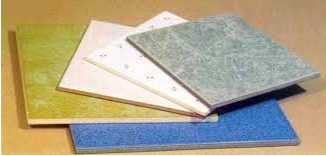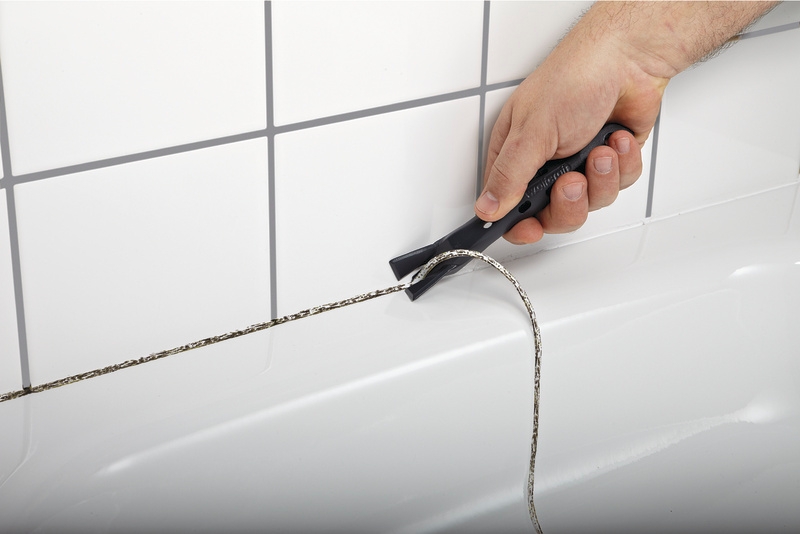Removal of Goudron, Fuel Oil, Bitumen and TarIf wish is,Clean black gold is. There are many dark derivatives of oil, and they can be easily met at a building site, in the street and in the reparable office. Well, if so, then will get dirty in them − a mere trifle, and, looking at them, it seems that the worse of these spots there is nothing that they are the most indelible. Removing Goudron from Clothes Where is it on the construction site only not present? Even the metal wires for better grip and to resist corrosion are passed through the goudron. Accidentally stumbled − touched, and then stop and think, how to delete this thick and sticky substance. Where is it on the construction site only not present? Even the metal wires for better grip and to resist corrosion are passed through the goudron. Accidentally stumbled − touched, and then stop and think, how to delete this thick and sticky substance.There are famous products to remove the goudron: the American "Bug & Tar Remover", the English "Super DeGreaser", the Belgian "Tar Remover" and so on. If near at hands such means are not present, you can try to scrub it with diesel fuel, and then the car shampoo. However, this method is used primarily for metallic surfaces.
Removal of bitumen from ClothesBitumen is a product of the oxidation of goudron, so many do not see the difference between these substances. However, it exists. Therefore, it is possible in fact to use any means to clean the goudron, but the facility of WD-40 are the best suited namely for bitumen stains. This liquid is poured on the spot, kept on it some time and then the spot is erased and washed out. In fact, this facility is intended for dissolving rust during unscrewing nuts.If the bitumen fell on the shoes, then erase it from the skin surface by wetting wipes or vegetable oil. Cleaning Clothes from Fuel OilIf stains and spots too much, they separately, of course, are not processed. Therefore, the clothes soaked in gasoline for about three hours, pressed, pre washed with powder by hands, and then in the washing machine with a water temperature up to 194 °F. However, if there are only a few spots on the clothes, they can be treated with acetone, gasoline, solvent or white spirits. A sponge is wetted by any of these liquids, and the rubbed stains are kept in this state somewhere within an hour. This is followed washing by hand, then by washing machine with the same water temperature of 194 °F.The fuel oil is also removed by means of slurry of soda and starch, turpentine and ammonia. The product is applied on the fuel oil with a sponge, and kept at it for three hours, followed by washing in a pelvis and a washing machine.
Cleaning Clothes from TarThe tar, although, is not a derivative of the crude oil and distils from of a birch wood. It represents the risk for clothes as a pollutant too. Why does it appear at the construction site? Yes, if the bitumen is used for impregnation of roofing cardboard, and for roofing felts − the tar. The spot of it soaked with oil and is removed already as the fat.And for the fat there are a few methods of cleaning clothes. Here are some:
More articles on the topic: - Photo of Spiral Stairs in House - Photos of Beautiful Pools (55 Ideas) - Photos of Country Houses - Best Variants | |
|
| |
Photo of Forged Products
Choosing Bedroom Color
Ideas of How to Make a Compact Little Apartment Cozy and Comfortable
Gray Drapes − Collection of Interesting Ideas
Interior Design in Avant-Garde Style
Narrow Corridor − Ideas for Decorating
Tile Gauge and Problems of Various Calibers
Repairing of Nursery Room
Removing Silicone
Cape on Sofa - Examples in Photos










